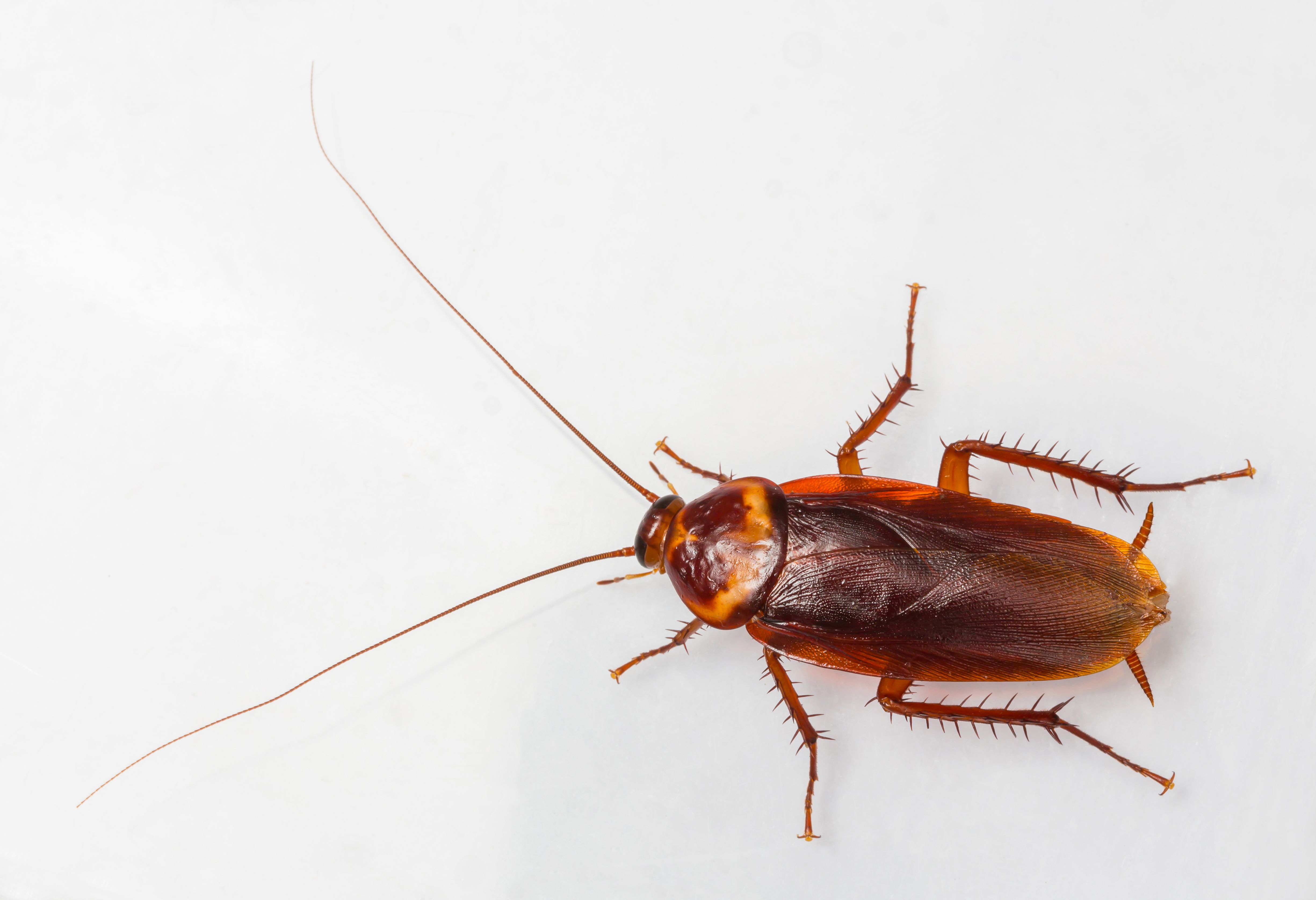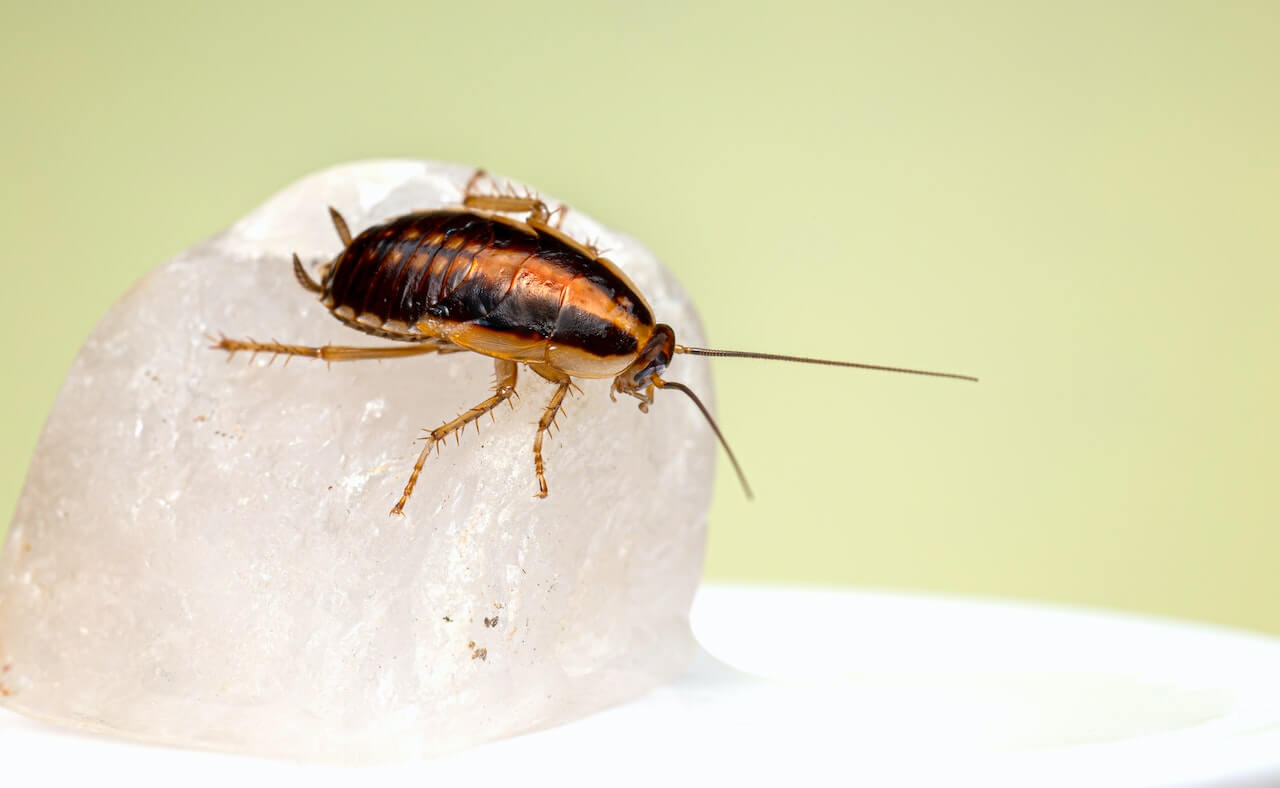The Uninvited Guests: A Comprehensive Guide to house Roaches
House roaches, those unwelcome creepy-crawlies, are a common nuisance in homes worldwide. They’re not just unsightly; they can also pose health risks and contaminate food. Understanding their behavior, habits, and effective control methods is crucial for maintaining a pest-free and healthy living environment.
Identifying the Culprits: Common Roach Species
Several cockroach species can infest homes, but some are more prevalent than others:

German Cockroach: The most common indoor roach, known for its small size (about ½ inch), light brown color, and two dark stripes behind its head. They thrive in warm, moist environments like kitchens and bathrooms.
Why Roaches Invade: Understanding Their Needs
Roaches enter homes in search of three basic necessities:
Food: Roaches are omnivorous scavengers, feeding on anything from crumbs and food scraps to pet food, garbage, and even paper or glue.

The Dangers of Infestation: Health and Hygiene Concerns
Roaches are more than just a nuisance; they can pose significant health risks:
Disease Transmission: They can carry bacteria, viruses, and parasites, potentially contaminating food and surfaces, leading to food poisoning and other illnesses.
Prevention is Key: Keeping Roaches at Bay
Preventing a roach infestation is always better than dealing with one. Here are some proactive measures:
Maintain Cleanliness: Regularly clean floors, countertops, and appliances, promptly wiping up spills and crumbs.
Effective Control Methods: Tackling an Infestation
If prevention fails and you find yourself facing a roach infestation, several control methods can help:
Bait Stations: These contain slow-acting insecticides that roaches consume, eventually killing them. Place bait stations in areas where roaches are commonly seen.
Natural Remedies: Exploring Alternative Options
Some natural remedies can complement traditional control methods:
Diatomaceous Earth: This powder, made from fossilized diatoms, can dehydrate and kill roaches.
Living with Roaches: Addressing Infestations in Apartments
If you live in an apartment building, controlling roaches can be more challenging due to shared walls and plumbing.
Cooperation with Neighbors: Communicate with neighbors and building management to address infestations collectively.
Long-Term Management: Staying Roach-Free
Even after eliminating an infestation, it’s important to remain vigilant and maintain preventive measures to avoid future problems.
Regular Cleaning and Maintenance: Continue practicing good hygiene and promptly address any issues that may attract roaches.
Conclusion: A Roach-Free Home is Achievable
Dealing with house roaches can be frustrating, but it’s not an insurmountable challenge. By understanding their behavior, implementing preventive measures, and utilizing effective control methods, you can create a roach-free home and protect the health and well-being of your family.
house roaches
